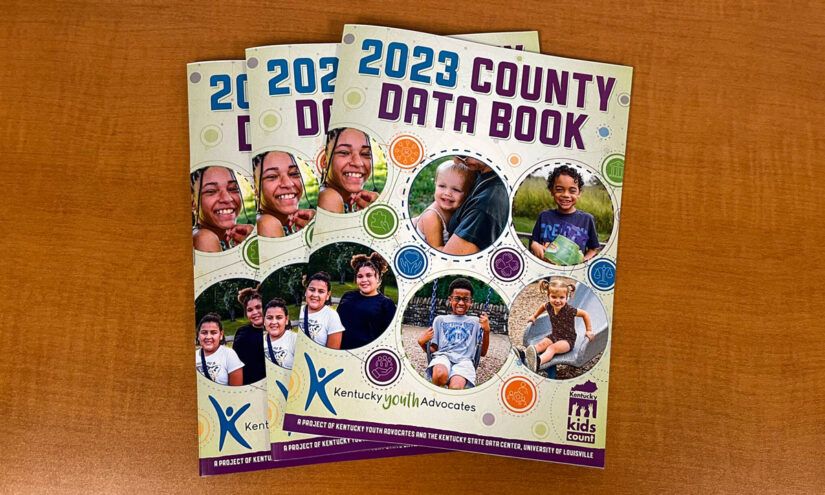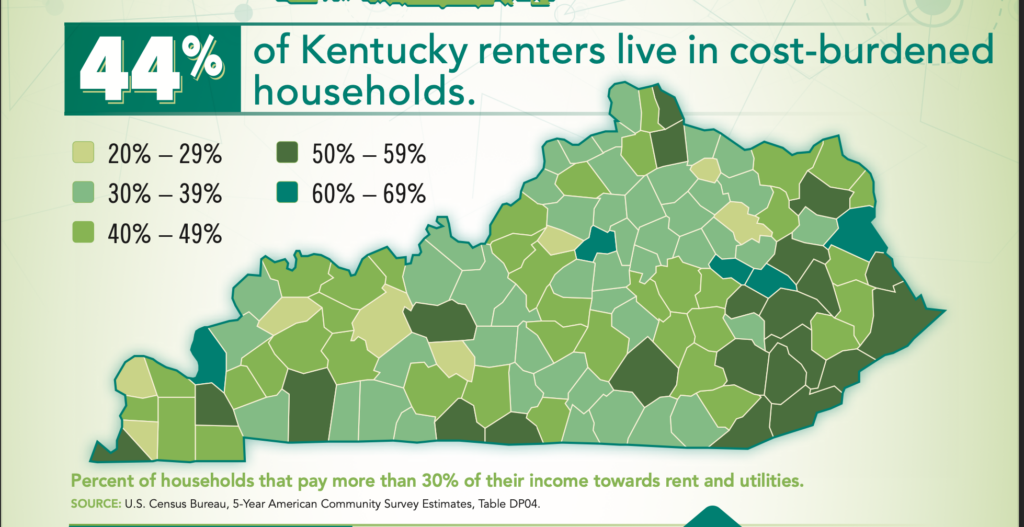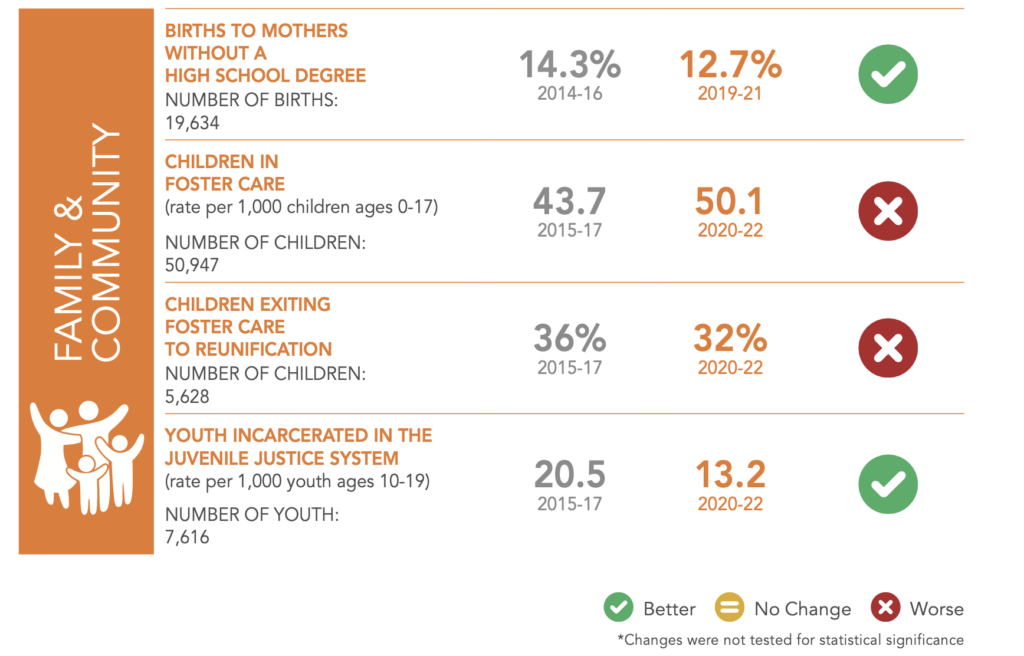During this summer, a team of students from MIT embarked on a journey to the sou …
Fewer Kindergarteners in Kentucky Arriving Ready to Learn, Causing Alarm
Carlos Changemaker

The 2022-2023 school year in Kentucky saw a decrease in the number of kindergarteners who were ready to learn, compared to 2018, according to a recent report on child welfare.
The Kentucky KIDS COUNT County Data Book, which was released by Kentucky Youth Advocates on Wednesday, provides this insight. The Kids Count program is an initiative by the Annie E. Casey Foundation that operates on a national level.
In preparing the report for the state, Kentucky Youth Advocates (KYA) gathered data from various sources such as the Administrative Office of the Courts, Kentucky Cabinet for Health and Family Services, Department for Medicaid Services, and the Kentucky Center for Statistics.
This decline in kindergarten readiness is being attributed to the impact of the COVID-19 pandemic, says Sarah Taylor Vanover, an expert in early childhood from KYA, in an interview with the Lantern. Due to the pandemic, many children missed out on crucial socialization opportunities over the past three years. As a result, they are now entering school without the necessary skills to self-regulate and work with others, explained Vanover.
“Three and four-year-olds may have had Zoom story times during the pandemic, but they didn’t get a chance to learn how to play together,” she said, noting that these early years are crucial for children to develop skills in emotional expression through language. Unfortunately, many children have missed out on these important developmental aspects.
The report also indicates that there has been an increase in the number of children in foster care from 2020 to 2022, compared to the period between 2015 and 2017. Additionally, fewer children left foster care and were reunited with their biological families.
When compiling the Kids Count book, the KYA team considered 16 different indicators of child welfare. These include factors such as the number of children living in poverty, the number of children in foster care, involvement in the juvenile justice system, educational achievements, and teen birth rates.
According to the data, there are some positive trends for Kentucky’s youth. The percentage of fourth graders who are proficient in reading increased by 2% in the 2022-2023 school year compared to the previous year. Additionally, the on-time high school graduation rate rose from 90% to 91%.
“We have witnessed the profound resilience of communities as they recover from natural disasters and the pandemic. However, these challenges have lasting effects on family stability, mental health, educational outcomes, and much more,” said Terry Brooks, the executive director of Kentucky Youth Advocates, in a statement. “To address these issues, we must tackle childhood poverty, which affects more than one in five young people. Otherwise, Kentucky’s children will continue to fall behind.”
The report also features quotes from young people who suggest that legislative efforts should focus on investing in mental health resources, addressing food insecurity, substance use prevention, and other related areas.
Child population by race

The new report reveals that in 2022, Kentucky had a total of 1,113,478 young people aged 0-19. The breakdown by race shows that 854,336 were white, 105,880 were Black, 78,533 were Latinx, 21,579 were Asian, 1,462 were Native American or Native Alaskan, 1,182 were Native Hawaiian or Pacific Islander, and 50,506 had two or more races.
Economic Security
The data demonstrates that approximately 44% of renters in Kentucky allocate roughly one-third of their income to rent and utilities. The impact of this is most prominently seen in Eastern Kentucky counties, where a substantial number of families, spanning multiple counties, spend 50-59% of their income on rent and utilities.
The report suggests that investing in affordable housing in rural areas is the solution to this problem.
Furthermore, the report highlights the challenges within the child care sector, which has long been struggling in Kentucky and exacerbated by the pandemic.

Child care poses a “significant burden,” with average costs exceeding $7,000 per year in Kentucky. As a result, one in nine families experiences interruptions in workforce participation. Moreover, 79 out of 120 counties in Kentucky are classified as child care deserts, meaning there isn’t enough child care available to adequately meet the demand for services.
Kentucky also faces a shortage of staff in afterschool programs, with waiting lists becoming more commonplace.
Advocates argue that the state should allocate funding to address these challenges, and further advocate for legislation that would ensure all Kentucky children receive free meals at school. Notably, 12% of Kentucky schools do not participate in the Community Eligibility Provision, which allows high-poverty schools to serve breakfast and lunch to all enrolled students without requiring individual applications
How healthy are Kentucky’s children?
To enhance access to dental care, researchers call for an increase in reimbursement rates for dental providers to expand the Medicaid network. They assert that individuals with Medicaid who have limited dental care options resort to emergency department care for non-traumatic dental conditions, which is not only beyond the scope of emergency care but also costly, amounting to over $44 million annually for Kentucky.
Researchers also recommend investing in the mental health workforce by increasing reimbursement rates. This action is motivated by the finding that 1 in 6 children between the ages of 13 and 17 experience anxiety or depression.

On juvenile justice
Researchers advocate for Kentucky lawmakers to invest in community-based alternatives to juvenile detention, which are more cost-effective and yield better


